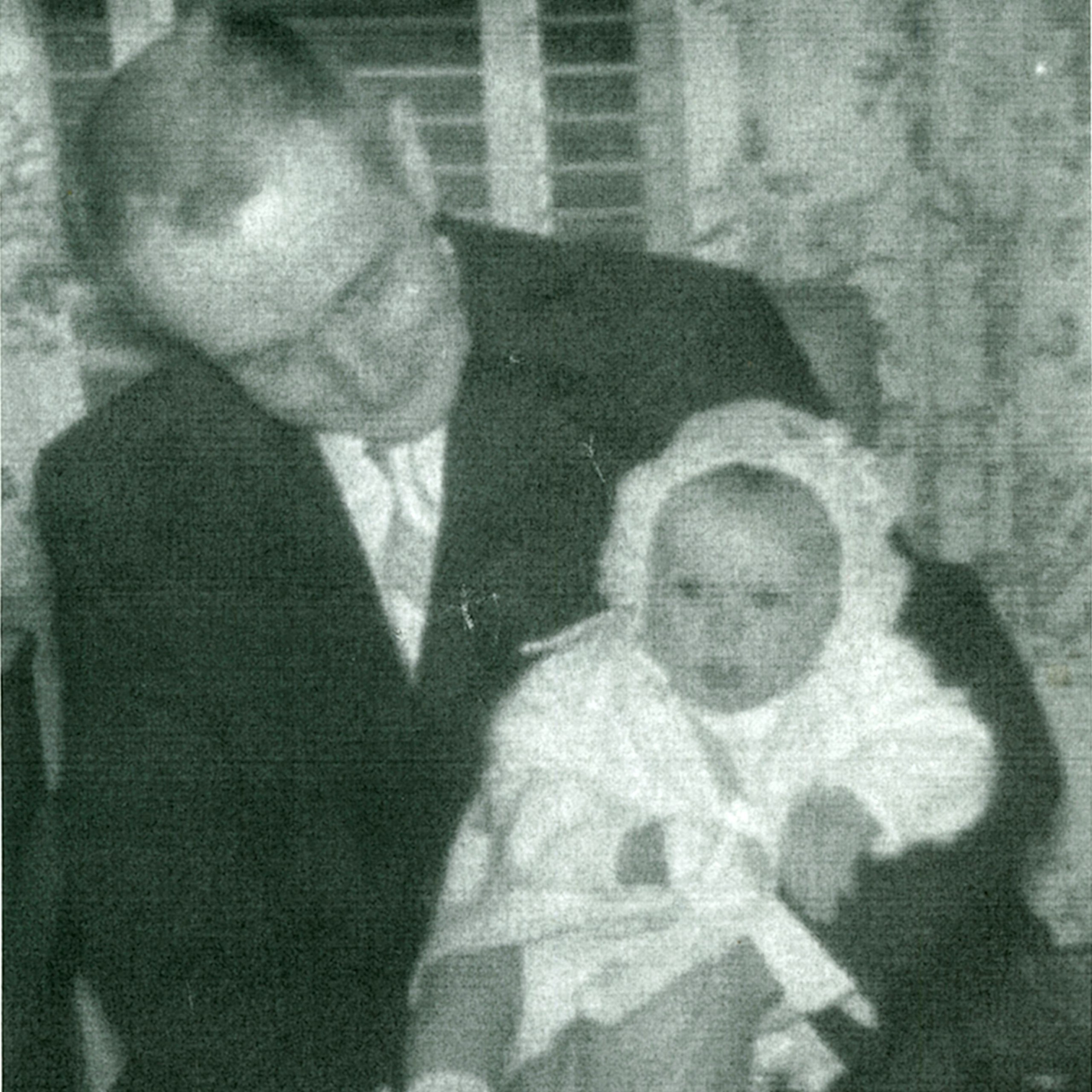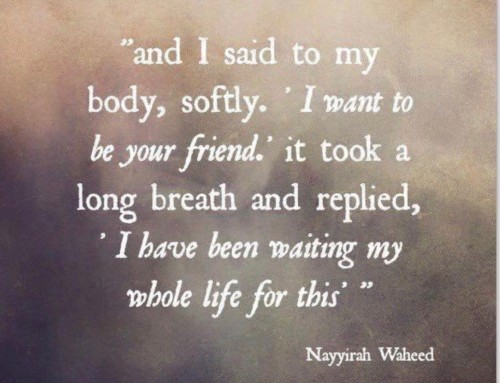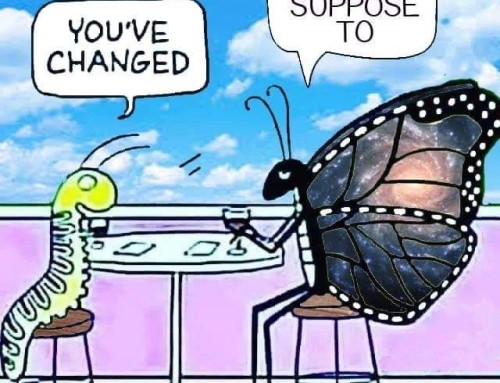When people talk about mending a broken heart, it’s often associated with a romantic breakup.
What I’m referring to is very, very different.
This photo is of my paternal grandfather and yours truly – probably six months old. My memories of my grandfather include Perry Mason shows, the smell of cigarettes and a warm and secure embrace. Unfortunately, he died very suddenly when I was in the first grade. It was devastating. There was so much confusion and sadness as my family adjusted to life without him. But as we did, we “picked up our boot straps and carried on.” Little did I know at the time the impact his death would have on my heart for years to come.
The loss plagued me in the shadows. My heart always felt like it was balled in a fist. As life experiences piled on, it kept getting more and more difficult to get to the root of my young adult pain – not consciously aware of the hole in my heart. I wrote a letter to him. I danced about the loss. I talked about it in therapy. I drew a picture for my art therapist friend to analyze. And finally…finally…patience won.
It took me nearly 50 years to mend my broken heart. It was a culmination of all of my self-work that lead me to a softer, gentler, kinder, more compassionate heart.
If your heart is hurting, try these steps to move the emotions through your body.
1 – Write about it. A “Dear _____” letter can free your heart of all you wish you had said or could say today. Write with sheer abandonment, a streams of consciousness and a willingness to not edit. Put it in an envelope and tuck it away. Your heart will know when to read it again.
2 – Move with it. Chose a piece of music that resonates with your heart. If you have trouble, begin with the blues. The Sky is Crying is a beautiful, soulful piece of music. Move gently to begin and allow your body to guide the movement without any judgement.
3 – Talk about it. It may be difficult at first to find the words, but an active listener or therapist may be just what you need. I highly recommend working with a Somatic Experience practitioner. SE™ is a body-centered method for resolving trauma symptoms and relieving chronic stress.
4 – Draw it. You don’t need to be an artist for this! Grab your crayons, colored pencils, markers or even clay to create. Quiet your mind and let your heart guide you. A tactile experience can reduce cortisol levels that may be causing stress on your heart. You may be pleasantly surprised at the outcome!
5 – Be patient with it. The definition of patience is “the capacity to accept or tolerate delay, trouble, or suffering without getting angry, or upset.” Easier said than done. But there is nothing as powerful as the art of patience while your body, mind and heart process the pain and shift the hormones.
It was a combination of all of the above that allowed me to come to a place of peace with my broken heart. And while I still have bumps and bruises from life experiences, my heart is no longer in a vice grip.
And that’s worth everything. Even if it took nearly 50 years. :)






